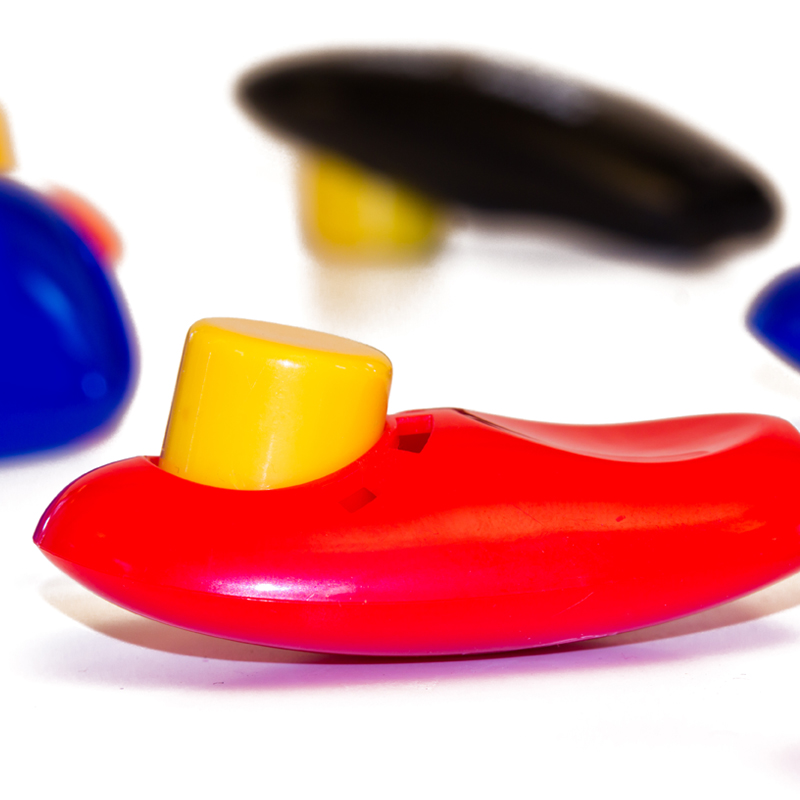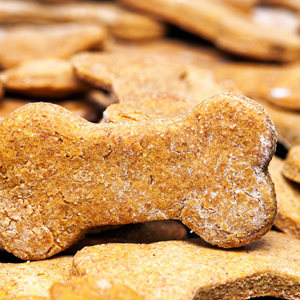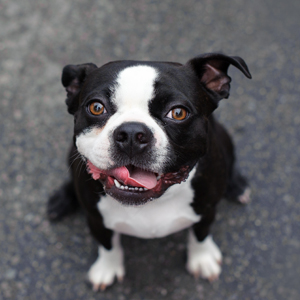What is clicker training?
I use clicker training to train dogs!
“Clicker training” is a training method that is based on positive reinforcement combined with an event marker – the clicker.
The clicker (the marker) is a mechanical device that produces a distinctive “click” sound. The click marks a desired behavior at a precise time.
Immediately after the click, the dog receives a positive reinforcement, usually a treat that he or she loves.
The meaning of the click for the learner (the dog) is, “What you were doing when you heard the click was correct, and I will give you a positive reinforcement, a delicious treat, for this behavior.”
This training method is based on the field of science called applied behavior analysis, which studies how different organisms acquire learned (not inherited) behavior.


Classical Conditioning & Operant Conditioning
The clicker training method combines principles of classical conditioning and operant conditioning.
The concept of “Operant Conditioning” proposes that every animal will tend to repeat a behavior that results in positive reinforcement, an incentive that the animal wants and enjoys.
When we reinforce a desired behavior by clicking it the moment it occurs and then following the click with a treat that the dog likes, we provide a positive reinforcement for that behavior, and the dog will tend to offer the behavior to elicit another click & treat.
The click sound is associated with the positive reinforcement (i.e., delicious treat). Classical conditioning occurs when the sound of the click has become a positive reinforcement in itself.

How does it work?
Teaching the dog to “Sit” on cue
We wait for the dog to put his rear end on the ground.
The moment it touches the ground, we click and immediately reward the dog with a treat.
We repeat this several times until the dog is spontaneously and eagerly offering the “sit” behavior to elicit a click-&-treat from us.
Now it is time to pair the behavior with a cue, such as the word “sit.” The cue will be given before the behavior is offered.
We say “sit” immediately before we know the dog is about to offer the behavior (putting his rear end on the ground) and than we click-&-treat the dog. The dog does not initially connect the cue with the action, but after a number of repetitions, the sound of the cue will elicit the behavior and the dog will connect the cue “sit” with the action.
Benefits of clicker training:
- Clicker training accelerates learning. The dog quickly learns the behavior we are trying to reinforce.
- Clicker training builds a history of positive reinforcement throughout human-dog interaction and therefore builds a bond and trust between handler and dog.
- The dog does not forget behaviors learned this way.
- The training session gives the dog and handler an opportunity to be creative. Training becomes a fun time spent together.
- Clicker training allows the dog to be an enthusiastic, happy and contented learner.
Once the desired behavior has been learned, there is no need to continue using the clicker to preserve the behavior.



